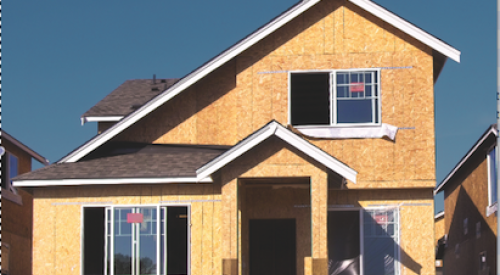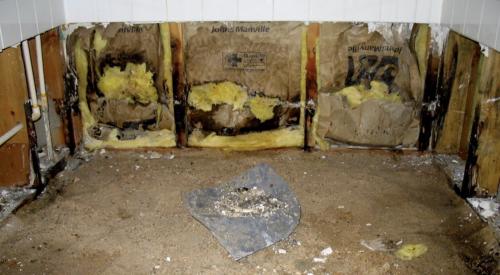|
When you face this, don't be surprised if you come a little unglued. Builders across America are reacting with anger, even outrage, when confronting liability insurance premiums that double or triple in a single year, often accompanied by deductibles and exclusions that narrow the scope of coverage dramatically. Sometimes the outrage subsides a little when they meet someone worse off - a builder who can't find coverage at all. Few builders understand why all of this is happening. Practically none sees it coming, at least not the first time.
"My premiums nearly tripled when we came up for renewal last summer," says a California single-family home builder who declines to be identified. "We're now paying $450,000 a year for liability insurance that covers a lot less than it did a year ago. There are exclusions for soils and settlement problems, and mold. Water intrusion is still covered, but the coverage is more limited. My deductible went from $1,000 to $10,000."
"The liability insurance of my trades is tripling or quadrupling. For instance, one of my trades told me his premium went from $80,000 to $300,000. It’s hard for us to price our homes when our trades are hit with those kinds of costs. We've already increased prices $10,000 to $15,000 a house. And I don’t know what to expect when my policy comes up for renewal again next summer. This year we approached 10 insurers, and only two would quote in California at all."
While the spread of construction defect litigation is a factor in the liability insurance crisis, the problem is not limited to states with historically high risks of litigation, such as California, Nevada, Texas and Florida. It's national. Virtually every builder, regardless of size, is facing liability insurance that is less available, less affordable and narrower in scope.
Especially frustrating for many savvy builders is that their attention to risk reduction garners no benefits in the current hard insurance market. Those who use a stable group of trade subcontractors and obtain indemnification and additional insured status on their trades' liability policies are having as much trouble getting coverage as competitors who don't focus on these risk-management basics.
Liability insurance problems are hitting builders of all sizes, but the largest builders have the most options to overcome them. Because they have huge revenues and deep pockets, housing's Giants can self-insure to a much greater degree. The largest public builders are even creating their own "captive" insurance companies, some domiciled offshore, to overcome limited availability, tailor coverage to their exact needs and garner tax benefits at the same time.
Small builders have no such options. One of the most serious consequences of the liability insurance crisis is the dramatic way it is restricting entry into the housing industry. Florida builders David Hunihan and Todd Menke launched Fidelity Homes in Sarasota 2 1/2 years ago. This past fall, their liability carrier dropped them. "We had to scramble to find coverage at all," Menke says. "We talked to three carriers that are still active in the Florida market. One would not consider us because we have not been in business three years. Eventually, we were able to get liability coverage through HBW [Home Buyers Warranty], but we had to move all our insurance - including our warranty program - to affiliated companies. We took about a 25% hit on the premium, but we feel fortunate to be covered at all."
Fidelity's insurance agent, Insurance Office of America vice president Bud Swindell, echoes that sentiment: "If Fidelity were starting in business today instead of two years ago, it would not be in business. A startup will find it almost impossible to get liability insurance."
Upstate New York broker Sean Hickey, a vice president of builder insurance specialist Rose & Kiernan, says the current hard market is "a huge barrier to entry. Anybody starting in business now faces hurdles of a financial nature that are unprecedented."
Attached housing is also under the gun. The way plaintiffs’ attorneys in California pounce on homeowner associations as a ready-made vehicle for class-action construction defect lawsuits makes insurers extremely reluctant to write liability policies on builders who specialize in attached projects, especially if the product is condominium-owned rather than fee-simple.











